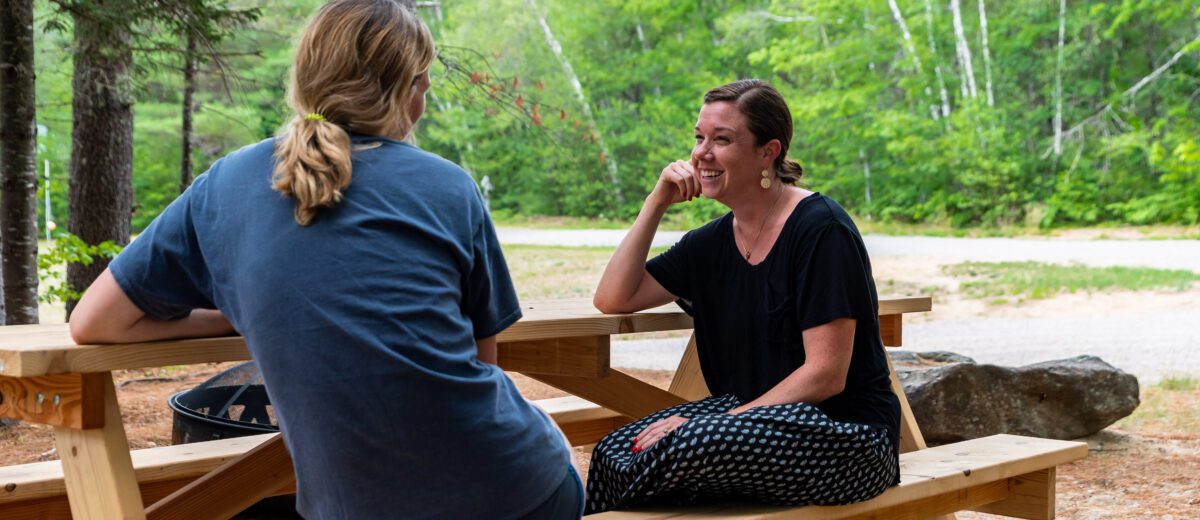Getting your teen on board with therapy
The mental health crisis in our country has reached new heights. Teenagers and young adults are among those most heavily impacted. Rates of anxiety in young people are growing, and we know from research that diagnoses like anxiety, depression, ADHD and learning differences are often co-occurring. For many of those struggling, talk-therapy – whether that’s happening in an inpatient or outpatient setting – is an important part of reclaiming mental health and stability. But how do you get your teen on board with therapy?
Understand their struggle
As parents and caregivers, sometimes it can be hard to put ourselves in our children’s shoes, but in order to fully understand what they are going through and how to help them, it’s important to see the world from their perspective. So many of the families that we see at Summit have struggled to see each other’s point of view. Parents will have often known for a while that their child is having a hard time, but getting the teen or young adult to agree to come to treatment was difficult because they didn’t quite understand what it was that was troubling their child. Programs like Summit can help to assess and diagnose, while educating parents on the most appropriate treatment plan.
It’s also important to make sure you’re choosing the right professional or treatment program for your teenager. For help selecting a therapeutic program for your child, check out our blog: Eight tips to help find the best Wilderness Therapy program for your teen or young adult.
Frame it differently
There has long been a stigma against mental health treatment. Sometimes it is helpful to frame therapy or a therapeutic program as an opportunity for a young person to take some ownership over their own health and wellbeing, rather than a punishment for being different or for struggling at school or at home!
You can also try likening therapy to something positive in their life. If there was a favorite sporting team or coach of theirs, a good analogy is often that therapy is like practicing a sport or a skill over and over with a coach to help find success.
Focus on their priorities
In order to get someone to “buy in” to therapy or treatment, the motivation has to come from within. As much as we want the best for our children and loved ones, we know that the client themselves is ultimately going to dictate the success of their therapy by their willingness to engage with the process. That said, you can help this process along by focusing on their priorities. For example, if you know that your teen is passionate about a subject in school or a hobby, try and find ways to positively associate therapy with that thing.
Another approach is to help them see how therapy can help improve areas of their life they’ve expressed displeasure with. If anxiety has made school or making friends difficult, perhaps focus on helping your teen see how therapy can help them in those areas.
Recognize your part in it
It’s almost always helpful for the whole family to engage in the treatment process. At Summit, we work closely with both our clients and their families. Read more about our parent program here.
Don’t give up!
If your child says no the first time you talk about starting treatment, keep trying. Use the strategies above and try asking clinicians what they would recommend.
It’s also important to continue making an effort to listen to how your teen is feeling and what they think they need. Important things usually aren’t settled in one conversation. Progress may come gradually.
Please feel free to reach out to our Admissions Director, Shannon Palentchar, to talk through getting your child on board with treatment. She, along with our Clinical Director, can be available to help guide you through the admissions process, which most certainly involves getting your child on board.
